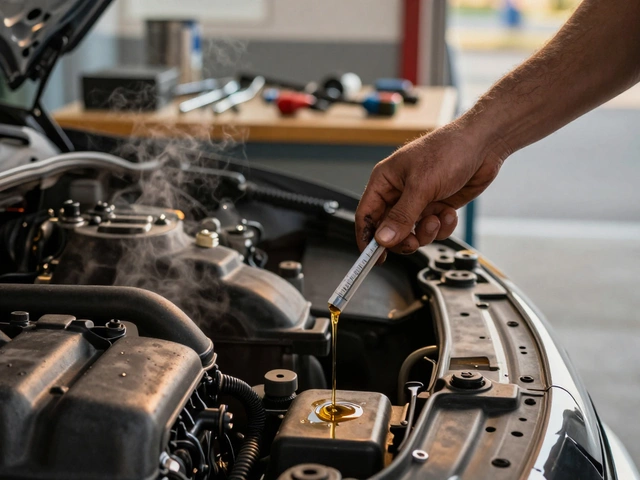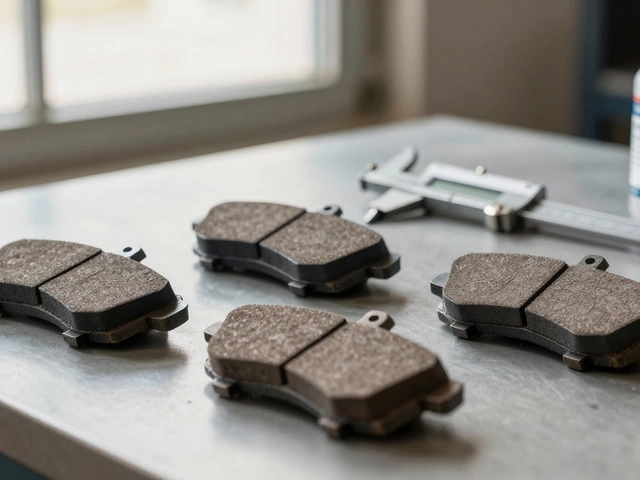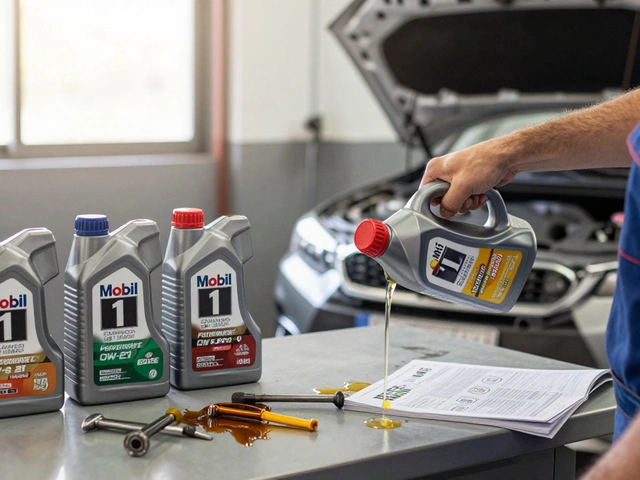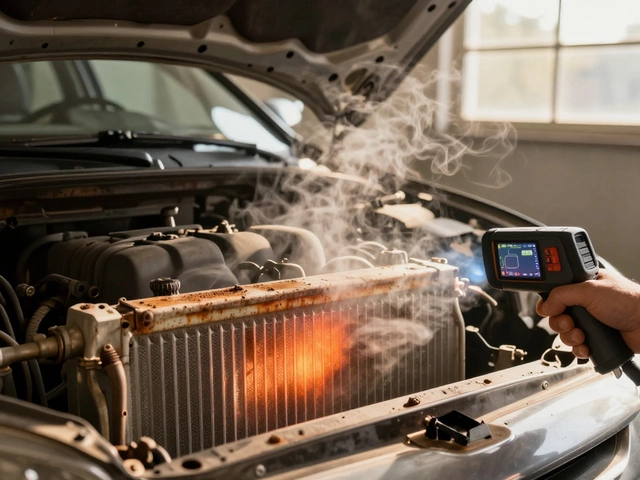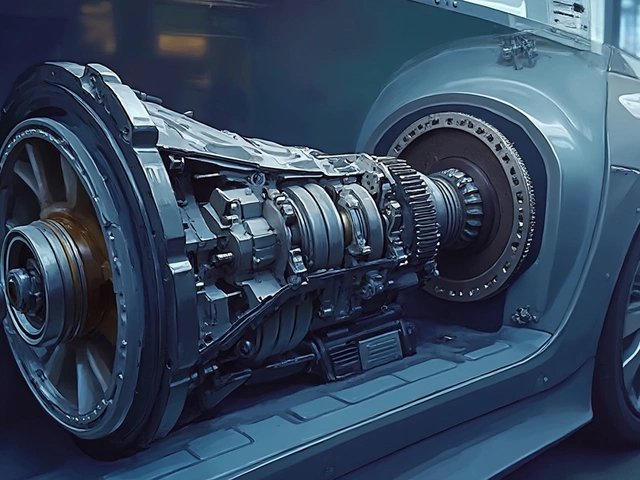Home Improvement: Simple Air Filter Tips for Better Indoor Air
Ever wonder why your HVAC seems to work harder some months? The answer often lives in the air filter. A dirty filter cramps airflow, bumps up your energy bill, and lets dust settle everywhere. Below you’ll get the quick, hands‑on advice you need to keep your filter—and your home—running smooth.
How Often Should You Clean or Replace Your Filter?
There’s no one‑size‑fit rule, but a solid rule of thumb is to check the filter every month. If you have pets, live in a dusty area, or run the system daily, aim for a four‑week swap. For lighter use, eight weeks might be enough. Most filters come with a visual cue: if the material looks gray or clogged, it’s time for a change. A quick visual check can save you weeks of wasted energy.
Choosing the Right Filter: MERV vs. Polarized
Not all filters are created equal. MERV ratings tell you how many particles a filter can trap. A MERV 11 filter catches most allergens and fine dust without choking airflow, making it a popular middle ground. If you want top‑level protection, higher MERV numbers exist, but they can restrict airflow and make your system work harder.
Polarized filters use an electric charge to attract particles. They do a good job at grabbing microscopic stuff, but they’re pricier and need more frequent cleaning. If you’re on a budget, stick with a quality MERV 8‑11 filter and replace it regularly.
So, how do you know a filter is failing? Look for these tell‑tale signs: a sudden spike in energy bills, weaker airflow from vents, or a dusty layer on furniture after you’ve run the system for a while. Unusual noises—like whistling or rattling—can also mean the filter is restricted.
When you spot any of these clues, grab a fresh filter and swap it out. It’s a quick job: shut off the system, slide the old filter out, note the direction arrows, and slide the new one in. Turn the power back on and feel the difference in a few minutes.
Regular maintenance doesn’t just keep your home comfortable; it protects your furnace and AC from premature wear. A clean filter means the motor doesn’t have to struggle, extending its life and keeping repair costs low.
Bottom line: check your filter monthly, replace it every 1‑3 months depending on use, and pick a filter that balances filtration with airflow. A few minutes of effort each month pays off with cleaner air, lower bills, and a happier HVAC system.
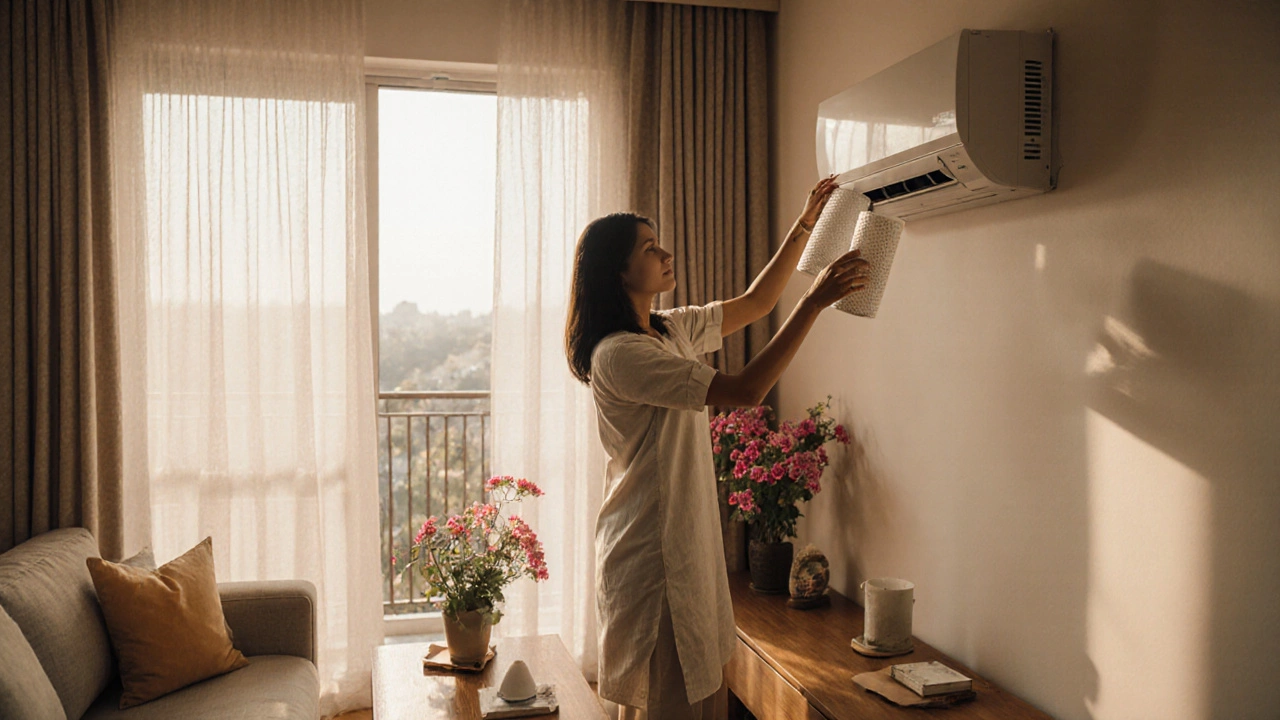
How Many Filters Does an AC Unit Have? Explained
Discover exactly how many filters a typical residential AC unit contains, where they are located, and how often to replace each for optimal performance and air quality.
CONTINUE READING
Identifying a Faulty Air Filter: Signs and Solutions
Determining when an air filter is no longer doing its job can make a huge difference in your home's air quality and the efficiency of your heating and cooling systems. This guide will equip you with the knowledge to spot the signs of a bad air filter, understand the consequences of ignoring it, and offer practical steps for regular maintenance. By staying vigilant about your air filter's condition, you can significantly enhance your living environment and save money on utility bills.
CONTINUE READING
Is MERV 11 Right for Your Home: Understanding Its Impact on Air Quality
MERV 11 filters are gaining popularity due to their ability to capture airborne particles, but are they the best choice for your HVAC system? This article explores the functionality of these filters, their potential constraints on airflow, and considerations for homeowners. Understanding MERV ratings can help in striking a balance between efficient filtration and maintaining your HVAC system's performance. Find out if a MERV 11 filter suits your air quality needs and how it compares to other options.
CONTINUE READING


